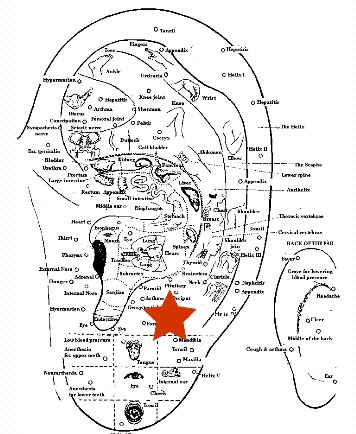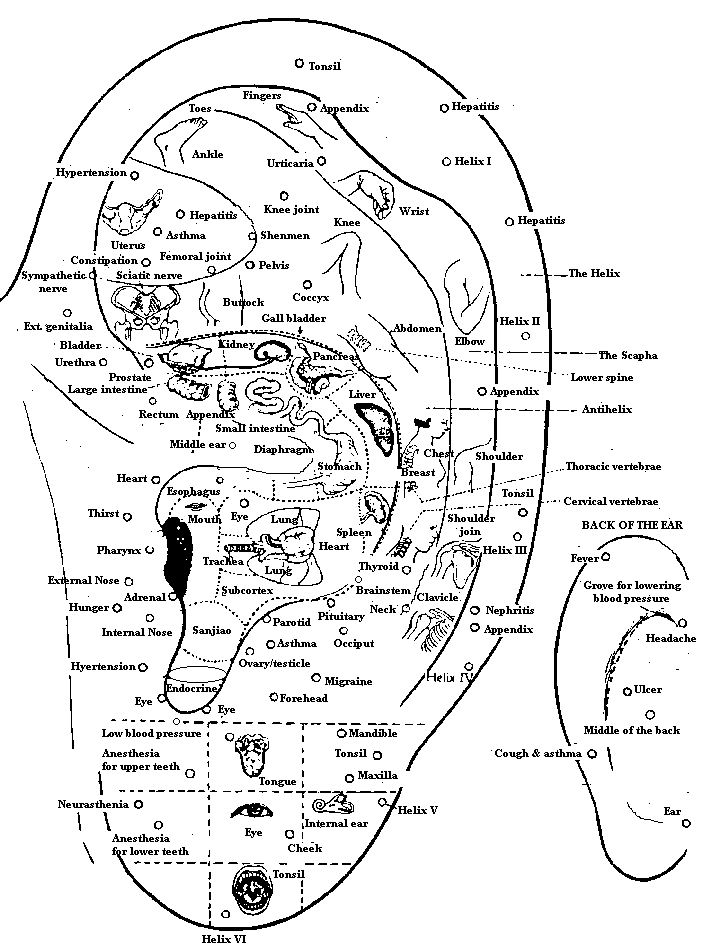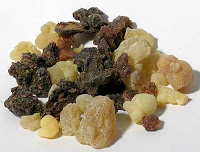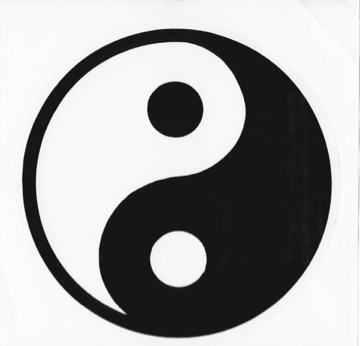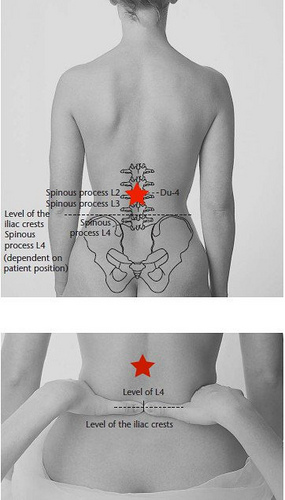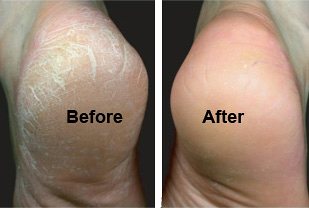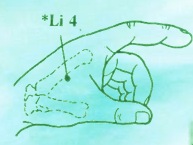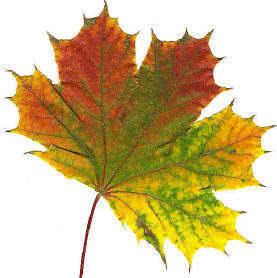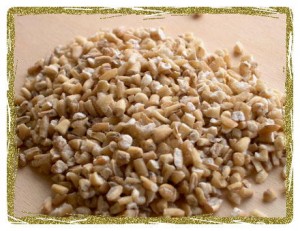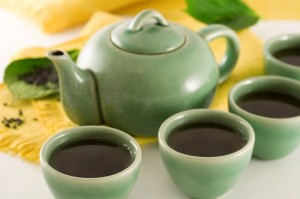Got a headache? The biggest cause is dehydration, so first, have a drink of water. Other common causes are caffeine withdrawal, high blood pressure, stress, low blood sugar, and tight neck muscles. If you have persistent or severe headaches, you should get them checked out by a healthcare professional (If only so they can say “It’s not a tumah!”), but for minor annoyances you can treat it yourself with acupressure (points listed below).
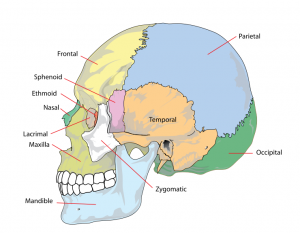 I usually find that migraines are caused by hormonal imbalances, or by neck muscle tension pulling on cranial bones. Our skulls are not a giant fixed globe: There are lots of different plates and oddly shaped bones that make up our brain protection. The joints (called “sutures”) are shaped like jigsaw puzzles.
I usually find that migraines are caused by hormonal imbalances, or by neck muscle tension pulling on cranial bones. Our skulls are not a giant fixed globe: There are lots of different plates and oddly shaped bones that make up our brain protection. The joints (called “sutures”) are shaped like jigsaw puzzles.
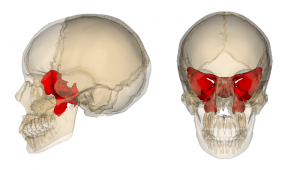
My favorite cranial bone, the sphenoid. It barely shows at the side of the head (it’s pink in the other picture), but inside it makes a gorgeous butterfly shape. When torqued, it also gives me a monstrous migraine headache! I keep my sphenoid happy by getting care for my neck, and using the acupressure points below when one threatens to attack…
Our bones move with a subtle pulsing called the craniosacral rhythm. If the neck muscles attached to the skull get too tight, they can jam up those joints and cause migraines. The fix: Acupuncture and medical massage for the muscles involved. Craniosacral therapy by a skilled practitioner is also wonderful, but be sure to see someone who’s thoroughly trained. A weekend seminar is not enough! If there are hormonal causes, acupuncture is superb for that as well.
We can also discuss some lifestyle changes that may help, like dietary changes, or glasses that mute florescent lights to reduce migraine occurence.
Here’s a handy acupressure point for any headache, including a migraine: It’s in that “second piercing” spot, below the anti-tragus. Press firmly for a few seconds. If you have an earring in, you should remove it if possible, at least until your headache passes. For more information on ear points, check out this article. Also, look at LI-4, KD-1, and GB-21 and TB-5 if you have neck tension. There’s another point on the side of the lower leg than can be helpful for migraines: Run your fingertip up and down the outside of the shin to find a tender spot. And definitely read this if you’re considering a Daith piercing.

